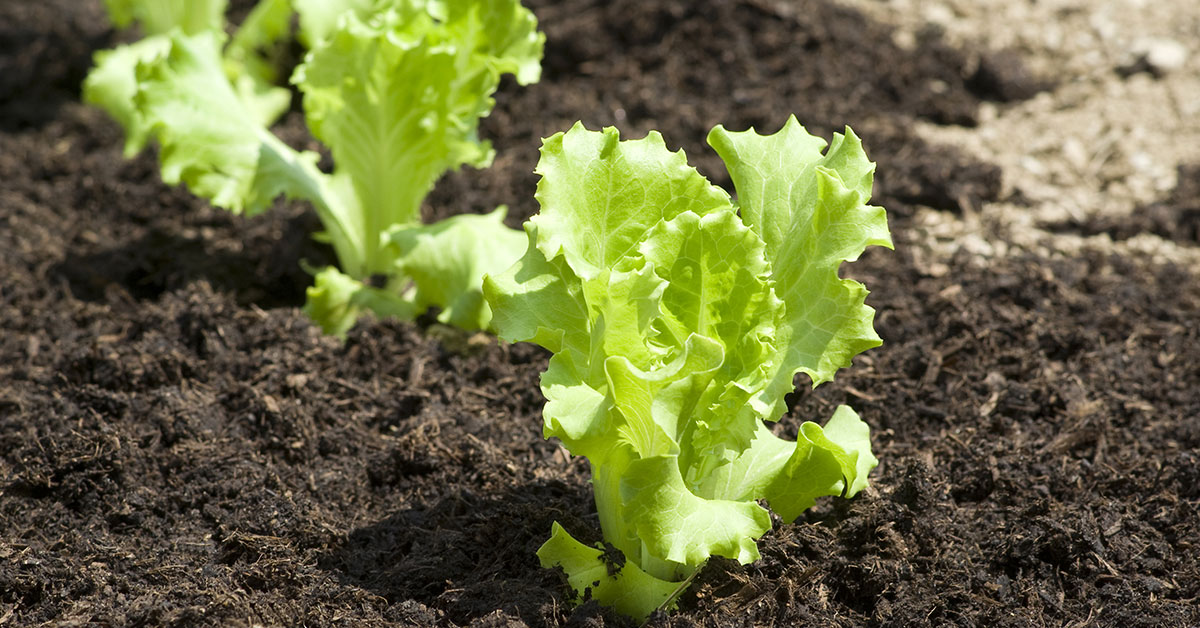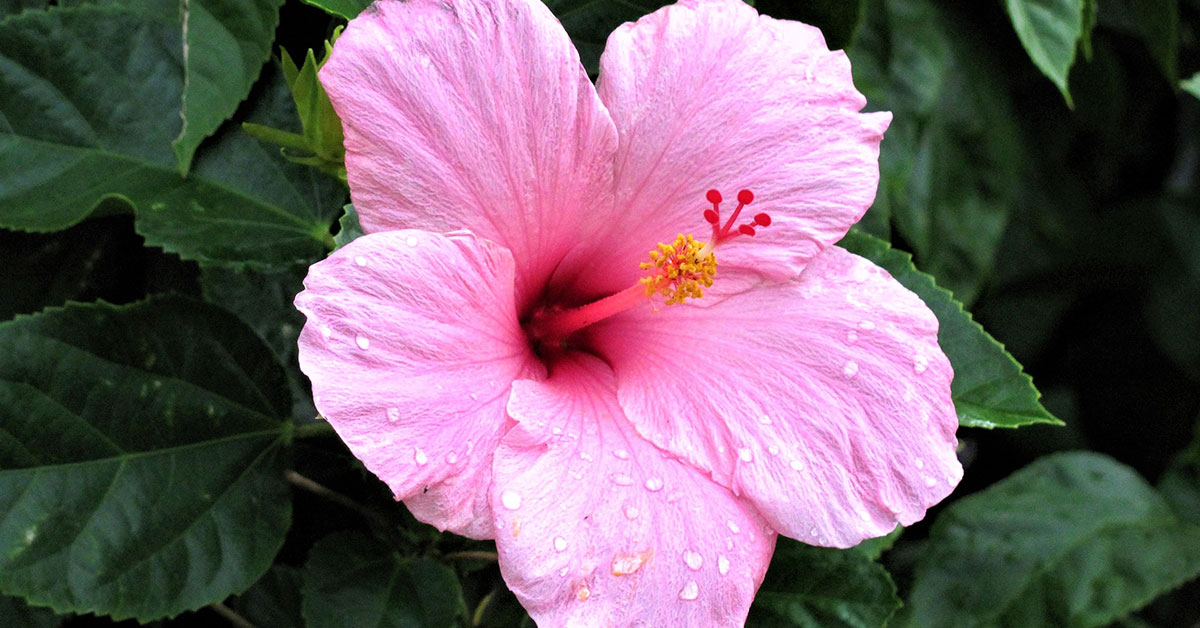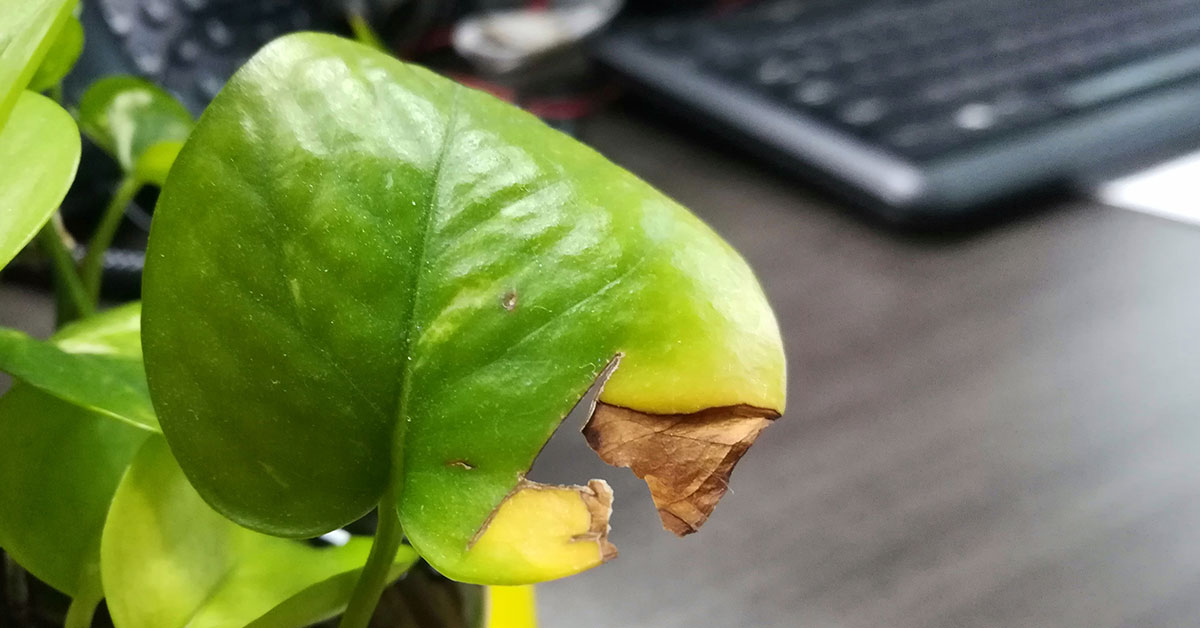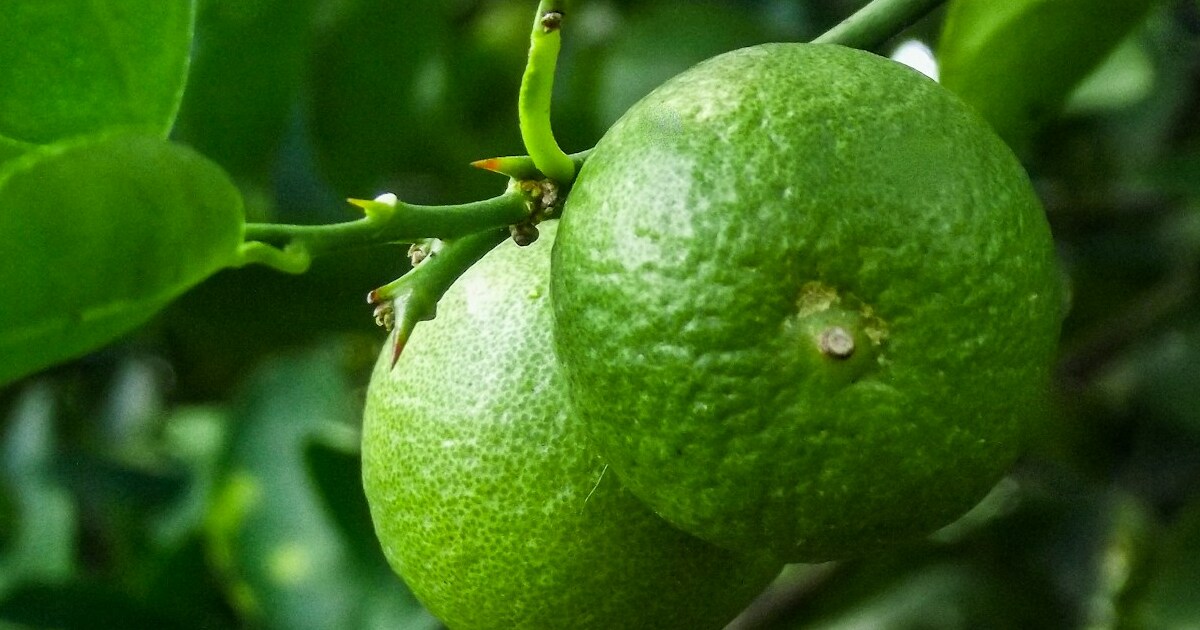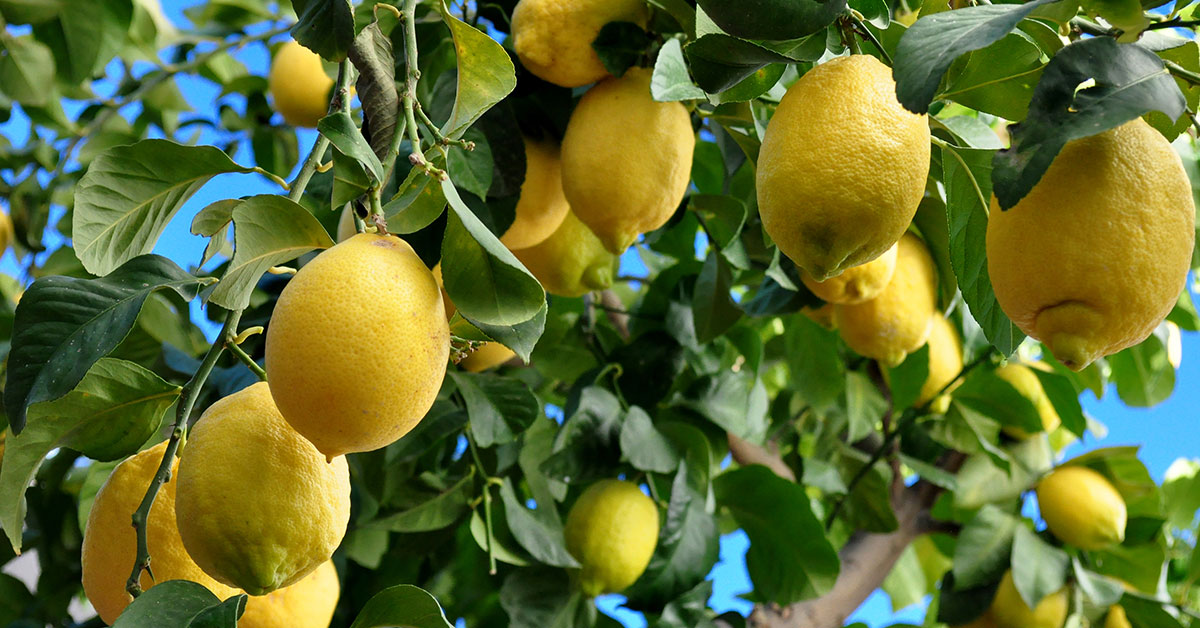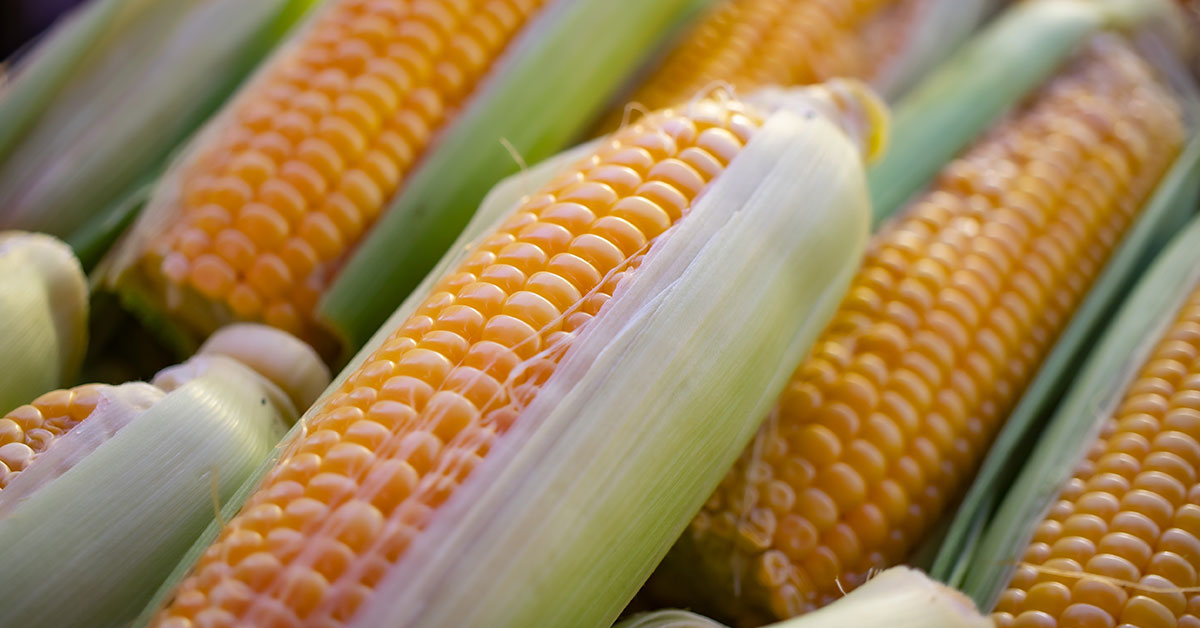Lettuce, a staple in many salads and a versatile leafy green, is a popular choice for home gardeners looking to grow their own fresh produce. To ensure a bountiful harvest and vibrant, healthy lettuce plants, it is crucial to provide them with the right nutrients. Choosing the best fertilizer for lettuce can make a significant difference in the overall growth, flavor, and nutritional value of the leaves.
In this article, we will explore various types of fertilizers, their nutrient compositions, and the specific needs of lettuce plants. Whether you are a seasoned gardener or just starting out, understanding the importance of proper fertilization will help you cultivate thriving lettuce plants that will delight your taste buds and nourish your body.
Does lettuce need to be fertilized?
Lettuce plants do require fertilization for optimal growth. Fertilizers provide essential nutrients that are necessary for the healthy development of lettuce plants. These nutrients include nitrogen, phosphorus, and potassium, as well as trace elements like calcium, magnesium, and iron. Lettuce plants have a relatively short growing season, so it’s important to provide them with a balanced fertilizer to ensure they have access to all the nutrients they need.
Nitrogen is particularly important for lettuce, as it promotes leafy growth. Phosphorus helps with root development, while potassium enhances overall plant health and disease resistance. It’s recommended to use a slow-release or organic fertilizer when feeding lettuce plants. This allows for a steady release of nutrients over time, preventing the risk of over-fertilization.
Additionally, it’s important to follow the instructions on the fertilizer packaging to avoid applying too much, as excessive fertilization can lead to nutrient imbalances or burn the plants. Regular fertilization, combined with proper watering and sunlight, will help ensure that lettuce plants grow vigorously and produce healthy, tasty leaves.
The best fertilizer for Lettuce
The best fertilizer for growing lettuce is one that is high in nitrogen, as lettuce requires a good amount of this nutrient for leafy growth. A balanced fertilizer with a higher nitrogen content, such as a 10-10-10 or 14-14-14 NPK (nitrogen, phosphorus, potassium) ratio, would work well for lettuce. Additionally, organic fertilizers like compost or well-rotted manure can also be beneficial for lettuce growth. It’s important to follow the instructions on the fertilizer packaging and not over-fertilize, as excessive nitrogen can lead to rapid growth but may result in reduced flavor and increased susceptibility to pests and diseases.
When to fertilize Lettuce
The ideal time to fertilize lettuce plants depends on the stage of growth and the type of fertilizer being used. Here are some general guidelines:
- Pre-planting: Before planting lettuce seeds or seedlings, it’s beneficial to incorporate organic matter, such as compost or well-rotted manure, into the soil. This will provide a slow-release source of nutrients for the plants.
- Seedling stage: Once lettuce seedlings have developed their first true leaves, you can start fertilizing them. Use a balanced, water-soluble fertilizer with a ratio like 10-10-10 or 14-14-14. Dilute the fertilizer according to the package instructions and apply it around the base of the seedlings.
- Early growth stage: As the lettuce plants continue to grow, you can apply a side-dressing of fertilizer to provide additional nutrients. Side-dressing involves sprinkling a granular fertilizer, such as a slow-release organic fertilizer or a balanced synthetic fertilizer, around the base of the plants. Follow the recommended application rates on the fertilizer package.
- Mid to late growth stage: Lettuce plants generally require less fertilizer as they mature. However, if the plants show signs of nutrient deficiency, such as yellowing leaves or stunted growth, you can apply a liquid fertilizer or foliar spray to provide a quick nutrient boost. Follow the instructions on the fertilizer package for application rates and frequency.
Remember to always water the plants before and after fertilizing to prevent root burn and ensure proper nutrient uptake. Additionally, it’s essential to monitor the soil’s nutrient levels regularly through soil testing to adjust the fertilizer application accordingly.
Common issues with fertilizing Lettuce
When fertilizing lettuce, there are a few common issues or problems that can arise. Here are a few to be aware of:
- Nitrogen imbalance: Lettuce requires a balanced supply of nutrients, especially nitrogen. Too much nitrogen can result in excessive leaf growth but may delay or inhibit the development of heads. On the other hand, a nitrogen deficiency can lead to stunted growth and yellowing leaves. It’s important to provide a balanced fertilizer or amend the soil with organic matter to maintain the proper nitrogen levels.
- Over-fertilization: Applying too much fertilizer, especially high in nitrogen, can cause lettuce plants to become overly lush and prone to diseases. It can also lead to nutrient imbalances, affecting the overall health and quality of the lettuce. Always follow the recommended application rates and avoid excessive fertilization.
- Under-fertilization: Insufficient fertilization can result in slow growth, pale leaves, and reduced yields. Lettuce is a relatively fast-growing crop, and it requires a steady supply of nutrients throughout its growth cycle. Regularly monitor the plants for signs of nutrient deficiencies and adjust the fertilization accordingly.
- Incorrect timing: Timing is crucial when fertilizing lettuce. Applying fertilizer too early or too late in the growing season can impact the plant’s development. It’s generally recommended to apply fertilizer before planting or during the early stages of growth. Additionally, avoid fertilizing too close to harvest, as it may result in excessive leaf growth and reduced quality.
- Improper pH levels: Lettuce prefers slightly acidic soil with a pH range of 6.0 to 6.8. If the soil pH is too high or too low, it can affect nutrient availability and uptake by the plants. Regularly test the soil pH and make necessary adjustments using soil amendments or fertilizers specifically designed for correcting pH levels.
To ensure successful fertilization of lettuce, it’s important to monitor the plants closely, follow recommended guidelines, and make adjustments based on the specific needs of your soil and growing conditions.


